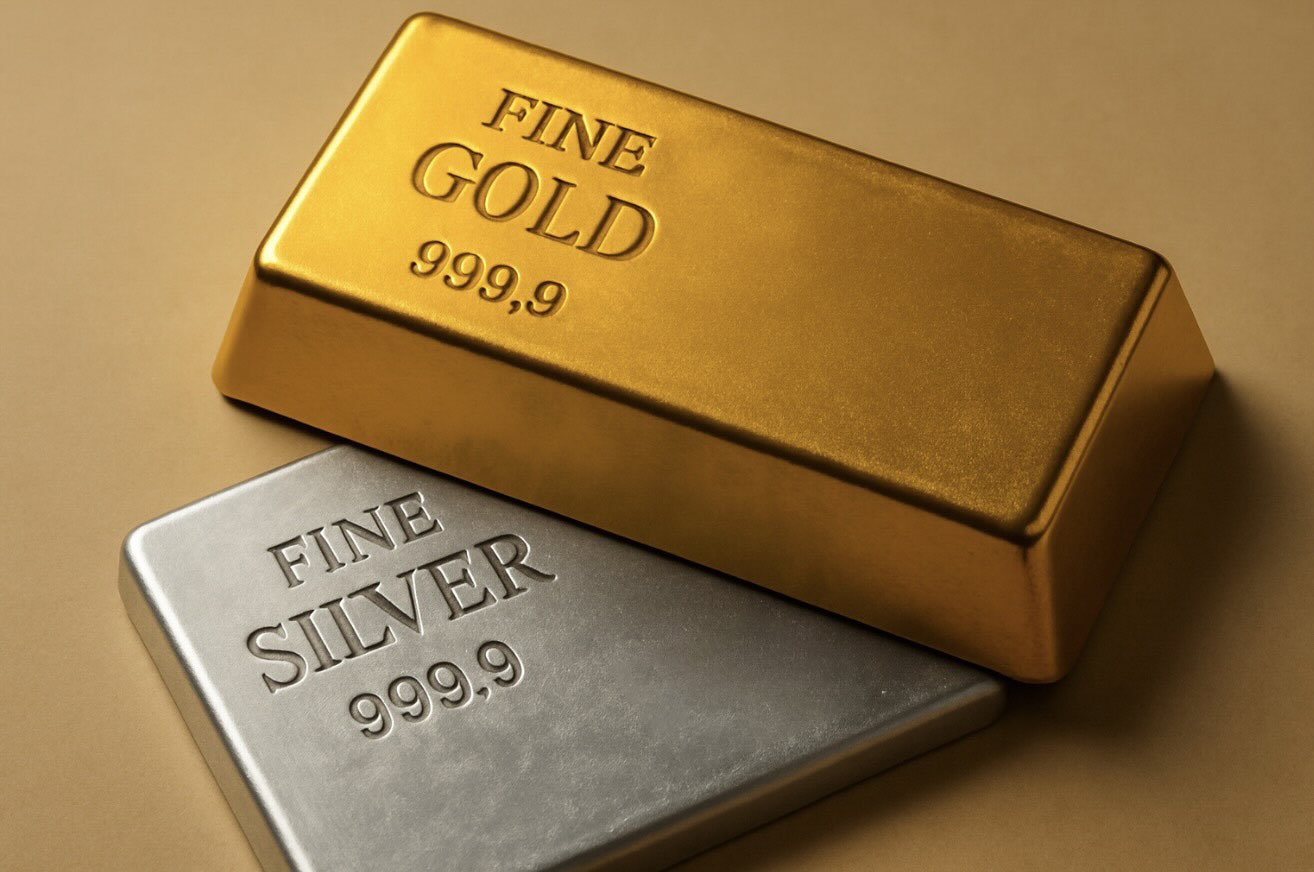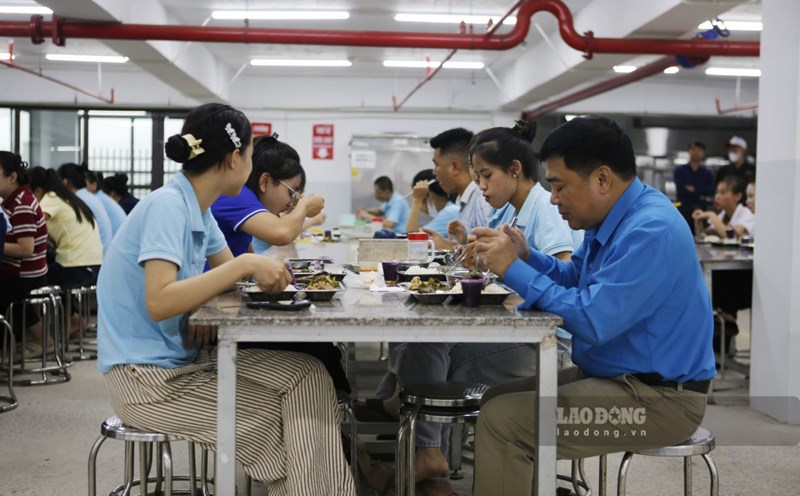Data from Trade Data Monitor (a company specializing in providing international trade data and analysis) and China Customs shows that China's imports of precious metals and ores from Russia, including gold and silver, have increased by 80%, to 1 billion USD over the same period last year.
Gold bar prices have risen about 28% this year, driven by escalating geopolitical risks and trade tensions, along with buying by central banks and ETFs.
Russia is currently the world's second largest gold producer, after China, with an annual output of more than 300 tons. The Russian central bank used to be one of the world's largest gold buyers, but its purchases have fallen since Russia launched its military campaign in Ukraine in 2022.
Meanwhile, the People's Bank of China has remained one of the top central banks buying gold in recent years.

Russian gold mining companies are also benefiting from increased domestic retail demand for gold, reaching a record level last year when people rushed to buy gold to protect the value of savings. Russian consumers have purchased 75.6 tonnes of gold in 2024, equivalent to about 25% of Russia's total annual gold output.
The recent price increase of other precious metals has also contributed to the revenue of leading mining groups in Russia to flourish. "MMC Norilsk Nickel PJSC, one of the world's leading manufacturers of palladium and platinum, has increased exports to China this year. The prices of these two metals will increase by 38% and 59% respectively in 2025," said data from Trade Data Monitor.
Since Russia faced restrictions related to Ukraine, the country has increased the use of precious metals, cryptocurrencies and other alternative assets. Last week, journalist Tim Treadgold said that silver prices may be supported by the Russian central bank's un disclosed but significant buying activities.
He said that silver prices have become superior since Russia announced that they would put silver in the National Reserve for the first time.
Mr. Treadgold commented that Russia's BRICS partner countries, including China, India and Brazil, may also be supporting a precious metals hoarding strategy to reduce dependence on the USD in international transactions.
A part of the BRICS plan is to accumulate gold to avoid using the US dollar, even though gold prices are currently approaching historical highs, making it very expensive. Meanwhile, silver could help BRICS members continue their plans to escape the impact of the US dollar, he said.
Other factors that support the attractiveness of investment in silver are strong industrial demand especially from the green energy and electronics industries along with the use of silver as a substitute for gold in jewelry in markets where gold is considered too expensive.
But the biggest factor in the silver market today seems to be investment demand, with silver increasingly seen as a replacement for gold, along with platinum another precious metal with an increasing number of investors and rising prices.
There has been no further information since the Russian central bank announced last year that it would put silver in the countrys precious metals reserves, mainly gold and platinum, Treadgold said. However, the recent dominance of silver over gold may be a sign that central bank activity in the silver market is on the rise, he wrote.
Previously, on October 24, 2024 - less than a month after Russia announced its platinum silver and metals reserve strategy, the country proposed that the BRICS establish its own precious metals exchange. This move could disrupt the long-standing international pricing mechanism for gold, silver, platinum and other precious metals.
This information was announced right after the joint statement on October 23, 2024 by BRICS leaders in support of increasing precious metal trading between members based on common product quality standards.
The Russian Finance Ministry also issued an official statement the next day.
The creation of a metal trading mechanism in the BRICS will lead to the formation of fair and equal competition based on the principle of a trading floor, the ministry stated.











